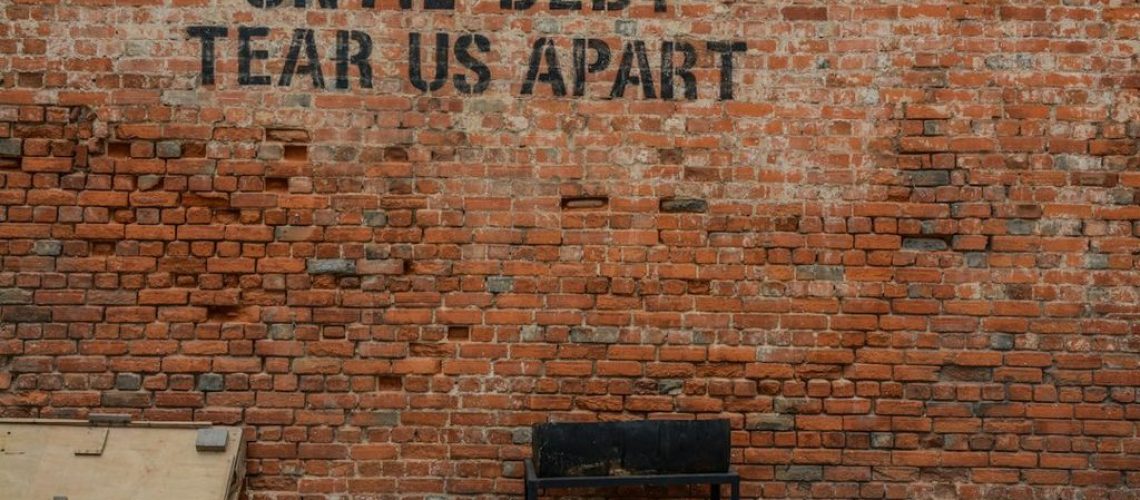Dealing with unpaid loans can be a challenging task for banks. It not only affects their financial stability but also requires careful planning and execution to recover the debt effectively. In this debt recovery guide, we will explore the process of identifying unpaid loans, assessing their financial impact, and exploring repayment options. We will also discuss strategies for implementing debt recovery, including establishing communication channels, negotiating repayment plans, and enforcing legal actions. By following these guidelines, banks can improve their chances of successfully recovering unpaid loans and minimizing the negative impact on their business.
Key Takeaways
- Identifying unpaid loans is the first step in the debt recovery process.
- Assessing the financial impact helps banks understand the severity of the unpaid loans.
- Exploring repayment options allows banks to find the most suitable solution for both parties.
- Establishing effective communication channels is crucial for successful debt recovery.
- Negotiating repayment plans can help banks reach an agreement with borrowers and facilitate debt repayment.
Understanding the Debt Recovery Process
Identifying Unpaid Loans
Unpaid loans can have a significant impact on a bank’s financial health. It is crucial for banks to identify these loans promptly and take appropriate actions to recover the debt. Here are some key points to consider when identifying unpaid loans:
Assessing the Financial Impact
When assessing the financial impact of unpaid loans, it is crucial to consider various factors that can affect the overall health of a bank’s balance sheet. By analyzing the aging receivables and their impact on cash flow, banks can gain insights into the extent of the problem and make informed decisions. Here are key points to consider:
Exploring Repayment Options
When it comes to exploring repayment options, there are several factors to consider. It is important to assess the financial impact of the unpaid loans and determine the best course of action. Here are some key points to keep in mind:
Implementing Debt Recovery Strategies
Establishing Communication Channels
Open lines of communication are crucial in the debt recovery process. It is important to establish clear and effective channels of communication with the debtor to ensure a smooth and efficient recovery process. Protect the interests of both parties by maintaining open and transparent communication.
Negotiating Repayment Plans
During the debt recovery process, negotiating repayment plans is a crucial step in resolving unpaid loans. Our team employs various communication channels to engage with debtors and explore mutually beneficial solutions. We understand the complexities of different industries, including the insurance industry, and tailor our approach accordingly. Our skilled negotiators work diligently to mediate disputed claims and reach fair resolutions without incurring unnecessary expenses. Additionally, our skip tracing and asset investigation techniques enable us to obtain accurate financial and contact information, facilitating effective negotiations.
Enforcing Legal Actions
Enforcing legal actions is a crucial step in the debt recovery process. It involves taking decisive measures to ensure that the debtor fulfills their financial obligations. Here are some key points to consider:
Implementing debt recovery strategies is crucial for businesses to ensure timely payment and maintain a healthy cash flow. At No Recovery No Fee Debt Collections, we understand the challenges businesses face when it comes to collecting outstanding debts. Our team of experienced professionals specializes in debt collection solutions made simple. With our proven strategies and personalized approach, we can help you recover your debts efficiently and effectively. Don’t let unpaid debts hinder your business growth. Contact us today and let us handle your debt collections, so you can focus on what you do best. Visit our website to learn more about our services and how we can assist you in recovering your debts.
Frequently Asked Questions
What is the debt recovery process?
The debt recovery process is the series of steps taken by banks to collect unpaid loans from borrowers. It typically involves identifying unpaid loans, assessing the financial impact, exploring repayment options, establishing communication channels, negotiating repayment plans, and enforcing legal actions if necessary.
How do banks identify unpaid loans?
Banks identify unpaid loans by monitoring borrower accounts for missed payments, sending reminders and notices to borrowers, and conducting credit checks to assess the borrower’s creditworthiness.
What is the financial impact of unpaid loans on banks?
Unpaid loans have a negative financial impact on banks as they result in a loss of revenue and increase the bank’s non-performing assets. This can affect the bank’s profitability and ability to lend to other borrowers.
What are the repayment options for borrowers with unpaid loans?
Borrowers with unpaid loans have several repayment options, including paying the loan in full, negotiating a repayment plan with the bank, refinancing the loan, or seeking debt counseling services.
How do banks establish communication channels with borrowers?
Banks establish communication channels with borrowers through phone calls, emails, letters, and in-person meetings. They aim to maintain open lines of communication to discuss repayment options and address any concerns or difficulties faced by the borrower.
What is the process of negotiating repayment plans?
Negotiating repayment plans involves discussing the borrower’s financial situation, determining an affordable repayment amount, and agreeing on a repayment schedule. The bank and the borrower work together to find a solution that suits both parties.

